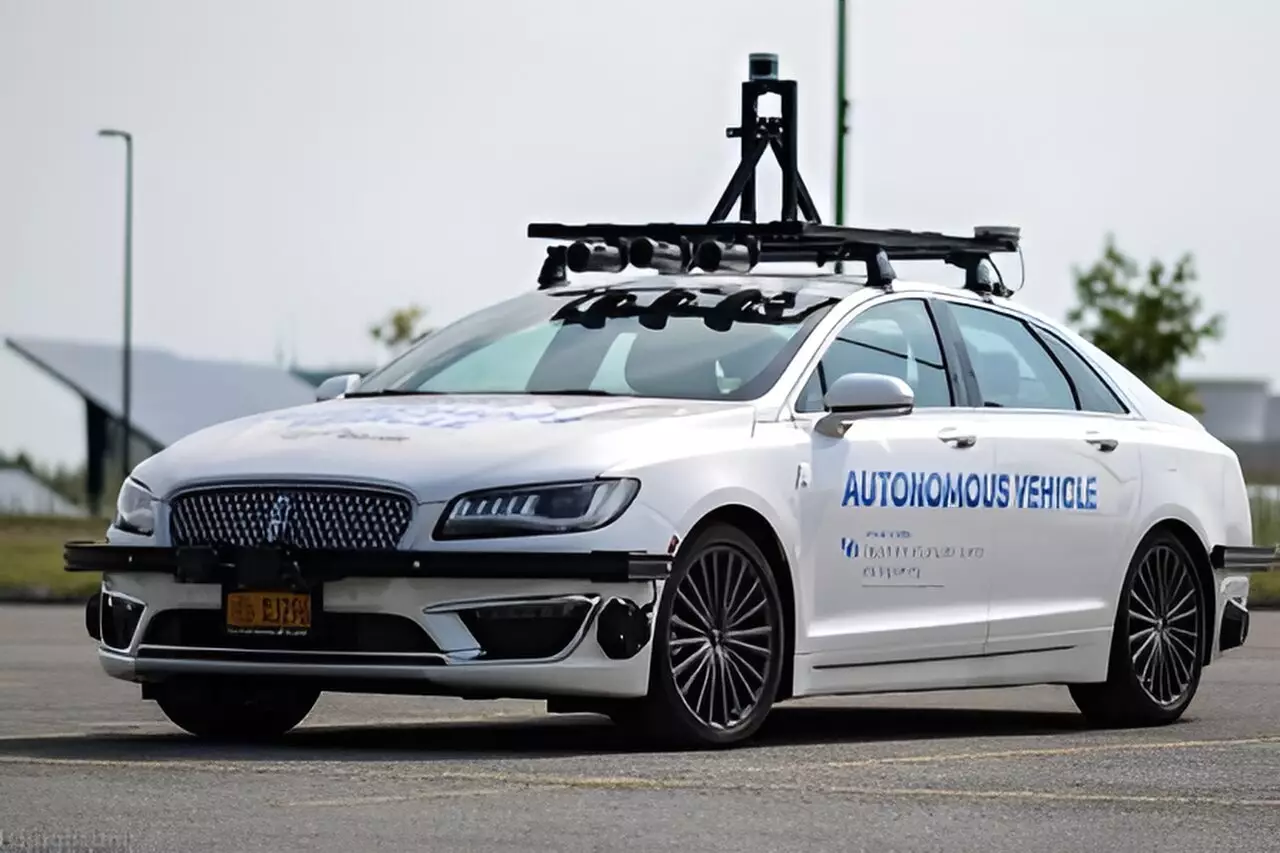Self-driving vehicles are becoming increasingly popular as a form of transportation, with artificial intelligence playing a crucial role in their functionality. AI is used for decision-making, sensing, predictive modeling, and various other tasks that are essential for the operation of autonomous vehicles. As these vehicles become more prevalent on the roads, it is important to consider the vulnerabilities that AI systems may have to potential attacks.
Research conducted at the University at Buffalo has shed light on the potential vulnerabilities of AI systems in self-driving vehicles. The results of the research suggest that malicious actors could exploit these vulnerabilities to cause the systems to fail. For instance, researchers discovered that by strategically placing 3D-printed objects on a vehicle, they could render it invisible to AI-powered radar systems, thus masking it from detection. While this research is conducted in a controlled setting and does not mean existing autonomous vehicles are unsafe, it raises concerns about the security of AI systems in these vehicles.
The implications of these findings extend beyond just the automotive industry. The tech sector, insurance companies, and government regulators may all need to take into account the potential vulnerabilities of AI systems in self-driving vehicles. As self-driving vehicles are expected to become a dominant form of transportation in the near future, ensuring the safety of the technological systems powering these vehicles is paramount. Researchers at the University at Buffalo are diligently working to address these security concerns and develop safeguards against potential attacks.
Recent studies by the research team at the University at Buffalo have delved into the vulnerabilities of lidars, radars, and cameras, as well as the systems that integrate these sensors. One study, published in the Proceedings of the 2023 ACM SIGSAC Conference on Computer and Communications Security, focused on using 3D-printed objects to mislead AI models in radar detection. This research highlights the potential for AI systems to provide incorrect information if given specific instructions they were not trained to handle.
The researchers identified potential threats posed by attackers who could surreptitiously place adversarial objects on a vehicle to deceive its AI systems. These attacks could occur before a trip, during temporary parking, or even at a traffic light stop. Motivations for such attacks include insurance fraud, competition between autonomous driving companies, or personal vendettas against drivers or passengers. While these simulated attacks assume the attacker has full knowledge of the victim’s radar object detection system, obtaining this information is not easily accessible to the general public.
Despite efforts to identify and prevent potential attacks on AI systems in self-driving vehicles, researchers acknowledge that creating an infallible defense is a complex challenge. While studies have explored ways to mitigate these risks, a definitive solution has not yet been found. The focus on internal vehicle safety has often overshadowed external threats, such as those posed by adversarial objects. Moving forward, researchers aim to investigate the security of not only radars but also other sensors like cameras and motion planning systems to enhance the overall security of self-driving vehicles.
The vulnerability of AI systems in self-driving vehicles is a critical issue that must be addressed to ensure the safety and reliability of autonomous transportation. Ongoing research and collaboration between academia, industry, and government stakeholders are essential to develop robust defenses against potential attacks on AI systems in self-driving vehicles. It is crucial to stay proactive and adaptive in addressing security challenges to enable the widespread adoption of self-driving vehicles in the future.


Leave a Reply